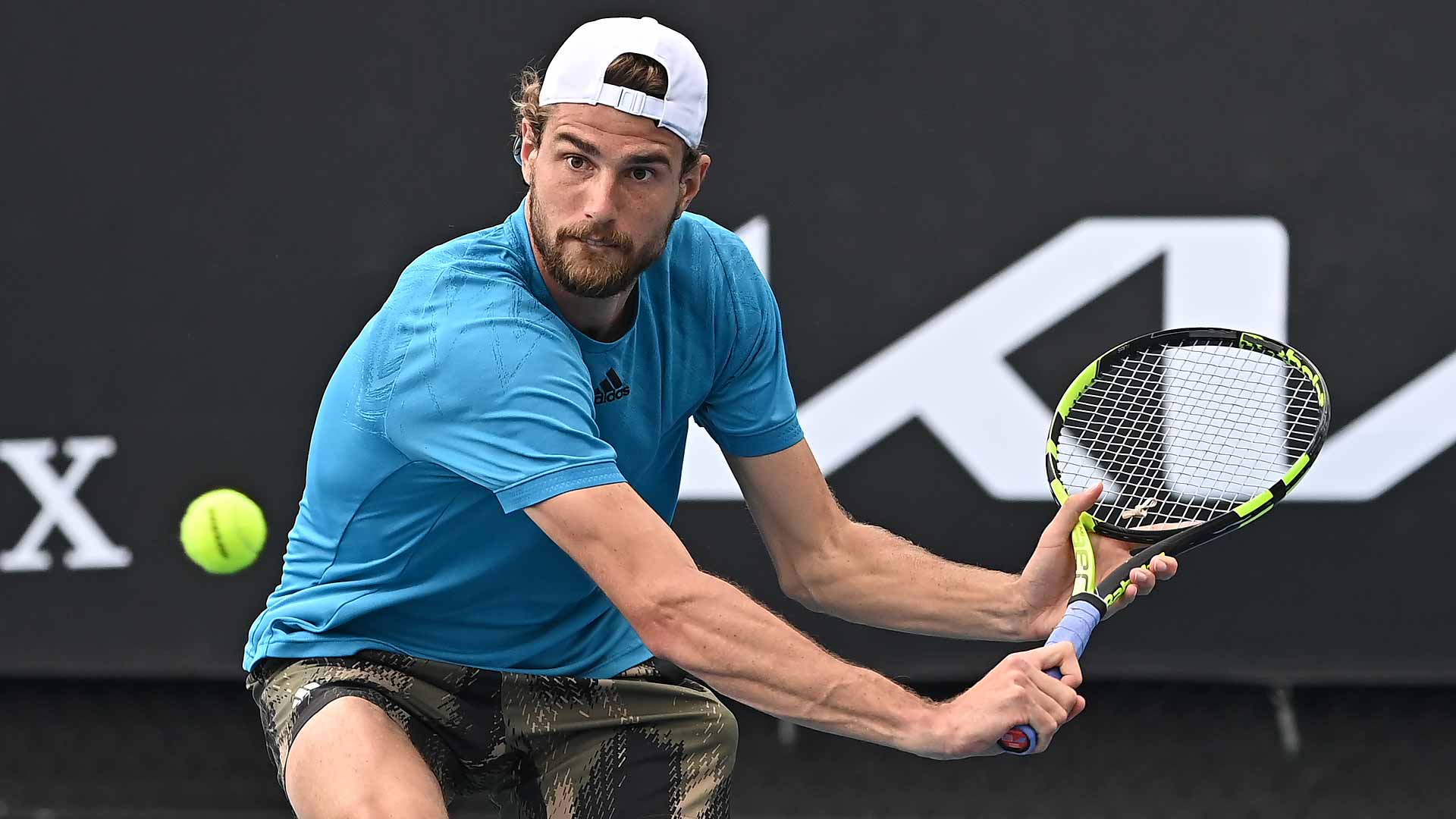A old statistics joke goes: Correlation may not prove causation but they tend to happen at the same time.
Simona Halep said she didn't know Patrick Mouratoglou, joined his academy to be in a training environment. Now, during this great run, Chris Evert & Pam Shriver are noting how much better Halep is serving and credit PM. True? {Some cynics said of NBA Coach Phil Jackson that his greatest skill was picking teams: He got to coach Michael Jordan, then Kobe & Shaq.}
Meanwhile, Darren Cahill has enormous success wherever he goes. Jannik Sinner had been promising for some time, stuck, in a "sophomore slum". Cahill joins and instantly makes a Wimbledon run, after doing nothing on grass previously. Is it really possible his impact was immediate?
Lesser known Dimitri Tursunov takes over Sabalenka, she zooms to number 2. She fires him, she plummets. Arnett Kontaveit hires Dimitri, she soars to number 2 in the world. Fires him. Plummets. {Those were stylistic matches: Big belter gets big belteresses to harness their games.}
Iga Swiatek hired Tomasz Wiktorowski who "transformed her into an aggressive, attacking player who serves hard and hunts for opportunities to crush her forehand rather than hanging back and showing off one of the most creative arsenals in the game", per NYTs. Helps to have Ash Barty retire, but hard to argue with 37 straight wins.
Tatjana Maria's husband Charles-Edouard is also her coach. Child care for two daughters is taken care of <g>.
Simona Halep said she didn't know Patrick Mouratoglou, joined his academy to be in a training environment. Now, during this great run, Chris Evert & Pam Shriver are noting how much better Halep is serving and credit PM. True? {Some cynics said of NBA Coach Phil Jackson that his greatest skill was picking teams: He got to coach Michael Jordan, then Kobe & Shaq.}
Meanwhile, Darren Cahill has enormous success wherever he goes. Jannik Sinner had been promising for some time, stuck, in a "sophomore slum". Cahill joins and instantly makes a Wimbledon run, after doing nothing on grass previously. Is it really possible his impact was immediate?
Lesser known Dimitri Tursunov takes over Sabalenka, she zooms to number 2. She fires him, she plummets. Arnett Kontaveit hires Dimitri, she soars to number 2 in the world. Fires him. Plummets. {Those were stylistic matches: Big belter gets big belteresses to harness their games.}
Iga Swiatek hired Tomasz Wiktorowski who "transformed her into an aggressive, attacking player who serves hard and hunts for opportunities to crush her forehand rather than hanging back and showing off one of the most creative arsenals in the game", per NYTs. Helps to have Ash Barty retire, but hard to argue with 37 straight wins.
Tatjana Maria's husband Charles-Edouard is also her coach. Child care for two daughters is taken care of <g>.




Comment